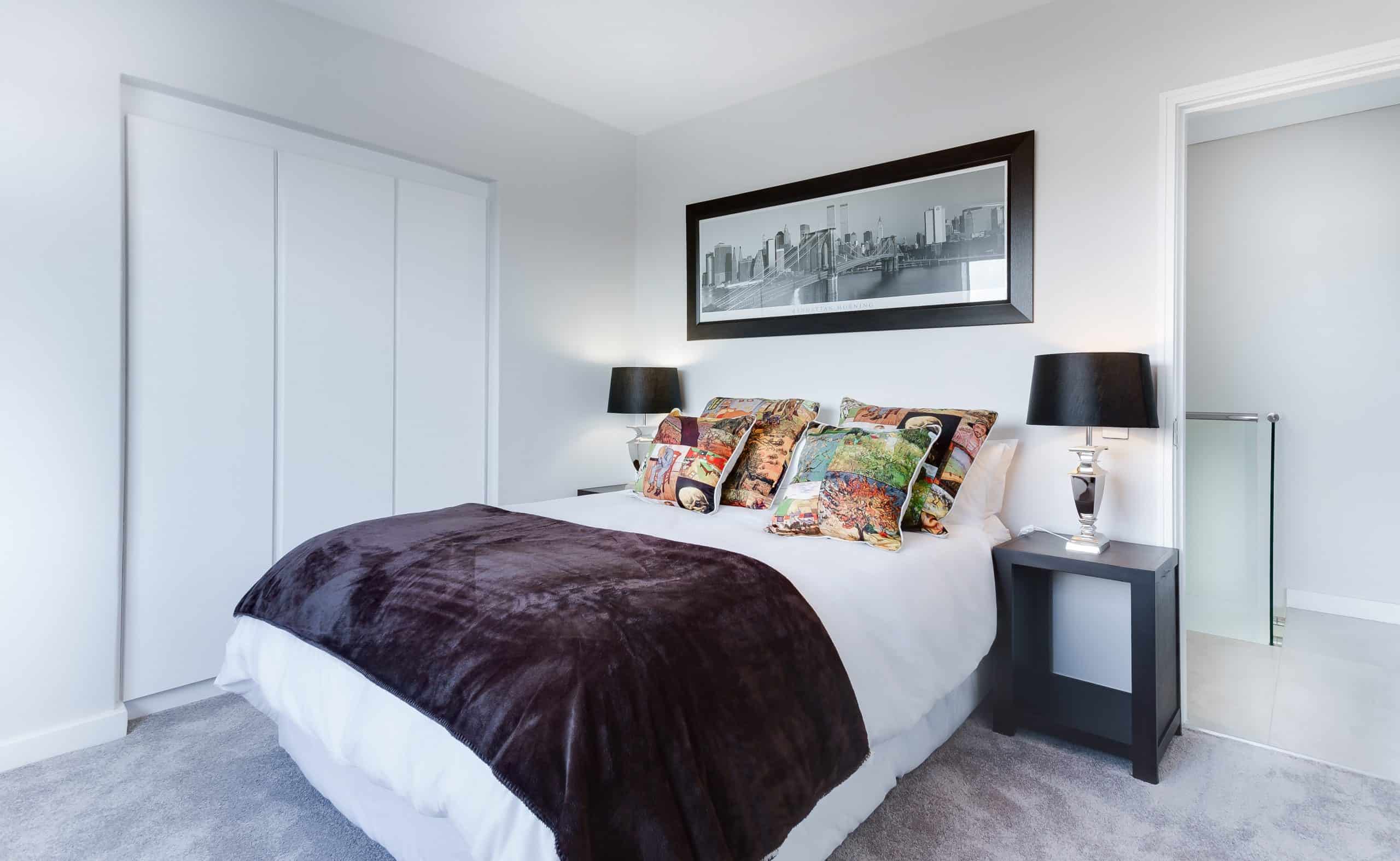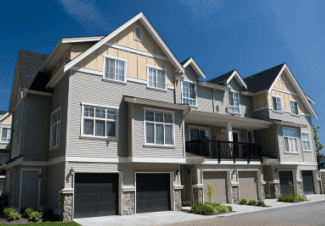Post-Pandemic Apartment Design
The global pandemic has shifted our perception of home. As the places we live have also become the places we work and play, there is an increased emphasis on the need for functional, flexible spaces that reflect our new reality. The advent of the pandemic is accelerating the rate at which change is happening in multifamily design, particularly as it relates to work-from-home space, the amenity mix and outdoor gathering areas.
Today’s luxury apartment seekers are no longer content with wood-look flooring, granite countertops and fancy gym equipment. They demand spaces where they feel safe, comfortable, healthy and connected. As we continue to ride the wave of the pandemic, residents will gravitate toward communities where multifamily owners and developers have invested in smart, effective design solutions that create a variety of usable space for residents who are spending more time at home.
And unlike other commercial real estate verticals, multifamily has largely evaded the economic impact of COVID-19. According to the National Multifamily Housing Council’s Rent Payment Tracker, 87.6 percent of apartment households made full or partial rent payments by July 13. The council also found that renters in Class A and B apartment buildings were more likely to pay rent, as they are more likely to have work-from-home jobs. Coupled with the ongoing housing shortages in urban cores, the demand for quality residential options creates an even greater opportunity for apartment developers to future-proof projects—both new builds and renovated properties—for continued success.
REIMAGINING THE HOME OFFICE
The crossover between work life and home life has been years in the making, with many companies ramping up remote work policies in the last half-decade. Now more than ever, the need for home environments that are conducive to focused work is apparent, and unit design should reflect this shift.
Larger floor plans offer enhanced pliability, and additional rooms or even creatively divided spaces can be customized to fit resident needs. A breakfast nook and dedicated office or home gym and guest bedroom can be interchangeable, functioning as multipurpose spaces that can be strategically opened or sectioned off depending on the level of privacy required.
However, a larger floor plan may not always be feasible, given density or budget constraints. In cases where square footage is limited, flexibility is king. For those living in tight quarters, easily adaptable built-in workspaces are key. Tabletops that double as desks during work hours and as a counter space or bar after-hours is one example. Another option is collapsible or convertible furniture, such as murphy beds that can fold into the wall when more space is needed.
Amenities should be tailored for the needs of a community that can’t be served within individual units. In recent years, the amenity package has included cafe-style co-working spaces and Instagram-worthy communal gathering areas that allow people to simultaneously work on a laptop or convene with friends and neighbors.
In the short term, these spaces are being reworked to address social distancing requirements and a desire for environments that look and feel clean. In the long term, expanding designated workspaces to promote physical distancing will be the foundation of these new amenities, as well as the addition of secluded rooms that enhance privacy and limit social interaction. Antimicrobial finishes and furniture will surge in popularity as we look for ways to minimize the presence of germs in enclosed environments. As working and schooling from home increases, these spaces should be optimized for technology, with high speed internet, additional ethernet connection points, charging stations, increased outlets and cell phone boosters to improve connectivity.
Often an afterthought in apartment buildings, mail and package rooms will also see a transformation, as a long-term result of the pandemic. With an increase in online shopping and delivery services, due to residents hunkering down at-home, property managers are processing a higher volume of packages, groceries and other deliverables, highlighting a need for smart storage solutions that streamline resident deliveries. Lockers are assigned as needed, and residents are notified with an access code on their smartphone. Refrigerated package storage and lockers for dry cleaning service will also become more important.
Overall, an increased focus on health and well-being will guide decisions surrounding which amenities are included, how they are designed and how people access them. For example, moving through the building from a front door to the pool or from an elevator to a coveted outdoor rooftop space can become a hands-free process. From touchless entry and controlled access via smartphones to using ultraviolet lighting and filtration systems to disinfect, and adding antimicrobial door handles, there are several ways building owners can keep properties cleaner and help residents feel safer.
FLUIDITY BETWEEN INDOOR AND OUTDOOR SPACES
Proven to be less risky for disease transmission, fresh air provides much-needed relief to sheltering inside. Post-pandemic, residents will continue to demand enhanced access to well-spaced outdoor areas, such as rooftop decks, courtyards and walking trails that offer a chance to get out of their enclosed apartments, exercise in fresh air and meet with others in social distance-friendly environments.
Beyond amenities, larger balconies and operable windows may also become common fixtures in apartment design as residents seek their own little pockets of nature. While the design and buildout may be more expensive upfront, the investment is bound to pay off, as these spaces will become biophilic havens as apartment dwellers outfit them in plants and outdoor furniture. Having public spaces on each floor is another way to increase resident access to the outdoors.
Functioning as both a revenue generator and resident amenity, ground-floor restaurants offer another means of escape. They should have exterior seating spaced at least six feet apart to create a comfortable dining experience. Large, operable windows in restaurants that open to the streetscape also contribute to a healthy atmosphere and offer a sense of community while physically distancing.
Multifamily has never been a stagnant sector. Apartment developers have been adept at swaying to emerging trends as residents’ tastes change overtime, with the luxury sector leading the way and pushing the envelope for what’s possible.
This era of the pandemic is yet another shift in the industry, but developers can rise to the occasion with proactive, quick-witted design strategies that will place the industry in a healthier place than it was before.
Source: multihousingnews.com
















 Accessibility
Accessibility